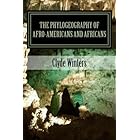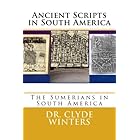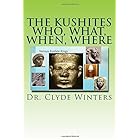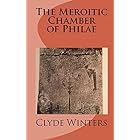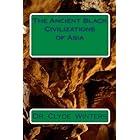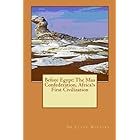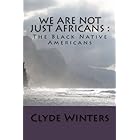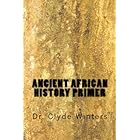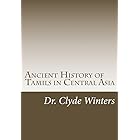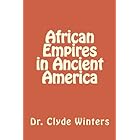In 2018 Researchers from the University of Sao Paulo claimed that they made a new reconstruction of Luzia based on a new study. The University of Sao Paulo did not release a new study, the study , they used was a paper published by von Cramon-Taubadel N., Strauss A., Hubbe M. (2017) .
The researchers at Sao Paulo made Luzia Caucasian looking eventhough the original model for the new reconstruction had negroid features. This is obvious when we compare the model to the final reconstruction This comparison shows that the eyes, lips and nose of the model were changed when the new reconstruction was popularized by the Sao Paulo team.
The study by the Harvard researchers did not contradict the craniometric evidence that Luzia was Negroid/African .This is why von Cramon-Taubadel N., Strauss A., Hubbe M. (2017) wrote "There is mounting genetic and morphological evidence for at least two major waves of dispersal into Asia from Africa, with Australomelanesians representing modern descendants of the earlier migration (52, 53) ". If the Paleoamericans were Australomelanesians they were Negroid. Negroes came from Africa so Luzia was African, just like the Caucasians in america came from Europe and are thusly Europeans. von Cramon-Taubadel N., Strauss A., Hubbe M. (2017) Evolutionary population history of early Paleoamerican cranial morphology, Science Advances, 3 (2) , https://advances.sciencemag.org/content/3/2/e1602289.full…




